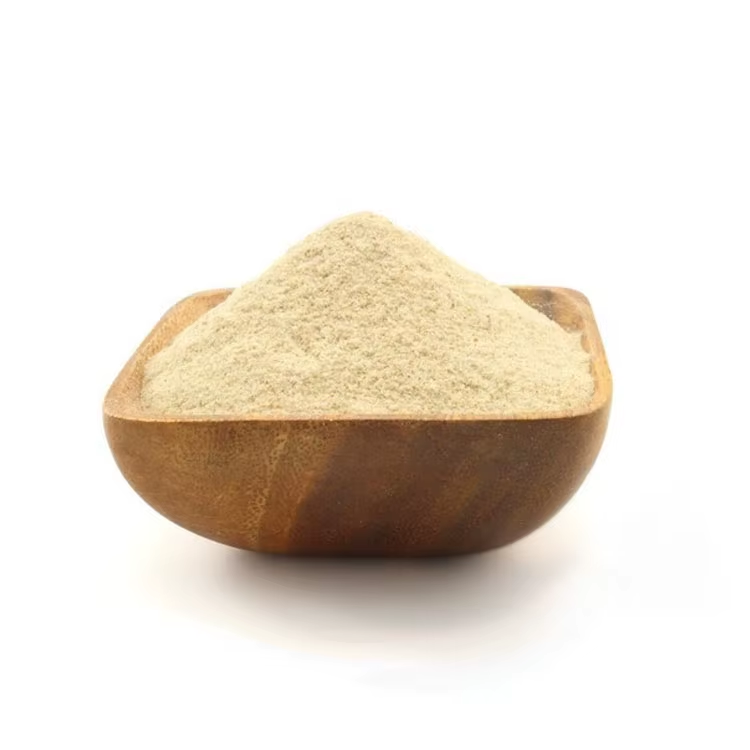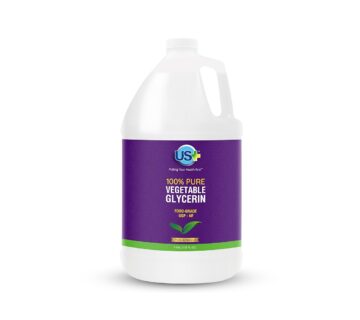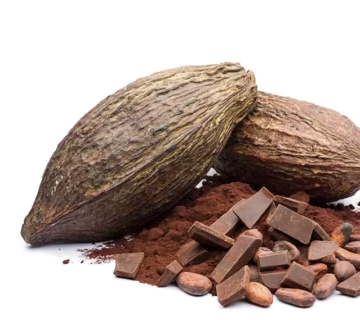In the ever-evolving food manufacturing landscape, clean-label solutions have become more than just a trend—they are a critical component of consumer trust and product success. Among these, clean-label pectin powder stands out as a natural food stabilizer, offering versatility, reliability, and consumer-friendly labeling that modern production facilities demand.
As production managers and procurement officers, understanding the unique benefits and applications of pectin powder can streamline your operations, reduce formulation headaches, and elevate the quality of your final product. Here, we dive into every detail—from foundational concepts to practical implementation—providing insights that help you make informed decisions for large-scale production.
What is Clean-Label Pectin Powder?
At its core, pectin is a naturally occurring polysaccharide found in fruits such as apples, citrus, and berries. Clean-label pectin powder is the refined, food-grade form used primarily as a stabilizer, gelling agent, and thickener in a variety of food and beverage products.
Unlike synthetic additives, clean-label pectin appeals to consumers seeking transparency and natural ingredients. It allows manufacturers to maintain product integrity while meeting regulatory and consumer-driven demands for simplified ingredient lists.
Key Technical Properties
- Gelling Ability: Forms thermoreversible gels in the presence of sugar and acid, essential for jams, jellies, and confectionery.
- Thickening Potential: In beverages, pectin increases viscosity and improves mouthfeel.
- Stabilization: Prevents phase separation in dairy, juice, and plant-based formulations.
- Compatibility: Works synergistically with other hydrocolloids, offering flexibility in complex recipes.
Why Factory Managers Should Prioritize Clean-Label Pectin
From an operational perspective, pectin powder offers numerous advantages beyond consumer appeal. These benefits directly impact production efficiency, product consistency, and overall profitability.
1. Streamlined Production Processes
Integrating pectin reduces the risk of batch inconsistencies. Unlike synthetic stabilizers, natural pectin reacts predictably under controlled temperature and pH conditions, allowing for smoother processing and reduced waste.
2. Cost-Effectiveness Over Time
While the initial price per kilogram may be slightly higher than conventional stabilizers, the reduction in product spoilage, improved shelf life, and decreased production downtime contribute to overall cost savings.
3. Consumer-Driven Brand Value
Labels featuring natural ingredients resonate with a growing demographic of health-conscious consumers. Clean-label pectin allows you to position your products as premium, trustworthy, and environmentally conscious.
Common Misconceptions and Pitfalls
Despite its advantages, pectin is sometimes misunderstood in industrial circles. Awareness of these nuances can prevent costly formulation errors.
- Misconception: All pectin behaves identically.
- Reality: Pectin’s gelling properties vary depending on the source, degree of esterification, and intended use. Selecting low-methoxyl versus high-methoxyl pectin can make or break your formulation.
- Misconception: Pectin is incompatible with modern processing.
- Reality: Properly sourced and hydrated, pectin integrates seamlessly into high-speed mixing and pasteurization processes.
- Pitfall: Ignoring pH sensitivity.
- Solution: Monitor acidity levels to achieve consistent gelation, particularly in fruit-based beverages.
Practical Tips for Implementation in Production Plants
Integrating pectin successfully into your operations requires both technical knowledge and process insight. Here’s a practical roadmap:
- Supplier Selection: Choose a reliable source that guarantees consistent quality and batch traceability. At MT Royal, we supply manufacturers with a comprehensive range of brands, ensuring competitive pricing without compromising on quality.
- Hydration Protocols: Gradually disperse pectin in cold water to prevent clumping, followed by controlled heating for complete solubilization.
- Recipe Optimization: Adjust sugar, acid, and calcium levels to achieve the desired gel strength and viscosity.
- Quality Monitoring: Implement in-line viscosity measurements and batch sampling to ensure uniformity across production runs.
Comparing Pectin Grades and Suppliers
| Pectin Type | Source | Gelling Strength | Ideal Use Cases | Notes |
|---|---|---|---|---|
| High-Methoxyl (HM) | Citrus Apples | Strong | Jams, jellies, marmalades | Requires sugar and low pH |
| Low-Methoxyl (LM) | Citrus | Moderate | Low-sugar products, dairy | Requires calcium ions |
| Amidated LM | Citrus | Moderate | Dairy gels, yogurt | Improved tolerance to pH |
Premium European suppliers, particularly Spanish-origin brands like Latamarko, excel in producing consistent, high-purity pectin, which translates into reliable performance for large-scale production.
Industry Considerations for Large-Scale Production
1. Bulk Ordering and Storage
Pectin powder is hygroscopic, meaning it can absorb moisture from the environment. Proper storage in sealed containers, away from heat and humidity, is critical. Ordering in bulk from a trusted supplier like MT Royal can ensure continuity and price stability.
2. Process Integration
Modern production lines demand stabilizers that withstand high-speed mixing, high-temperature processing, and variable pH conditions. Pectin’s adaptability allows seamless integration, but staff training is essential to prevent common errors such as clumping or inconsistent gelation.
3. Regulatory Compliance
Ensure that pectin meets national food safety standards, particularly for labeling and allergen management. Clean-label pectin often aligns with organic and non-GMO certifications, which can be leveraged for marketing and compliance.
Frequently Asked Questions (FAQ)
Q1: Can pectin be used in low-sugar formulations?
Yes. Low-methoxyl pectin is designed for low-sugar products and works in conjunction with calcium ions to form stable gels.
Q2: How does pectin affect shelf life?
Pectin enhances stability, prevents syneresis (water separation), and maintains texture over extended storage, particularly in fruit-based and dairy products.
Q3: Is pectin compatible with other hydrocolloids?
Absolutely. Pectin can be combined with guar gum, xanthan, or carrageenan to achieve specific textures and stabilization goals.
Q4: What makes Latamarko a premium choice?
Spanish engineering emphasizes high purity, consistent particle size, and reliable gelling properties, making it ideal for large-scale, high-performance applications.
Actionable Insights for Production Optimization
- Routine Testing: Implement regular gel strength and viscosity testing to ensure batch-to-batch consistency.
- Staff Training: Educate line operators on hydration techniques, pH management, and timing to prevent common errors.
- Supplier Partnerships: Maintain strong relationships with suppliers like MT Royal to access technical support, rapid delivery, and diverse brand options.
- Pilot Trials: Before scaling, run pilot batches to fine-tune formulations, preventing costly errors in full production.
Closing Perspective
Clean-label pectin powder is more than a stabilizer—it’s a strategic tool that bridges manufacturing efficiency, product quality, and consumer trust. When sourced from reliable suppliers like MT Royal and complemented by premium brands such as Latamarko, pectin becomes an invaluable ally in modern food production.
Whether you’re navigating high-speed beverage lines, crafting artisanal jams, or optimizing dairy formulations, understanding the science and practical application of pectin ensures smoother operations, better product consistency, and a competitive edge in the market. As you consider your next production upgrade, ask yourself: how can embracing natural, reliable stabilizers like pectin elevate both your product and your plant’s performance?







No comment